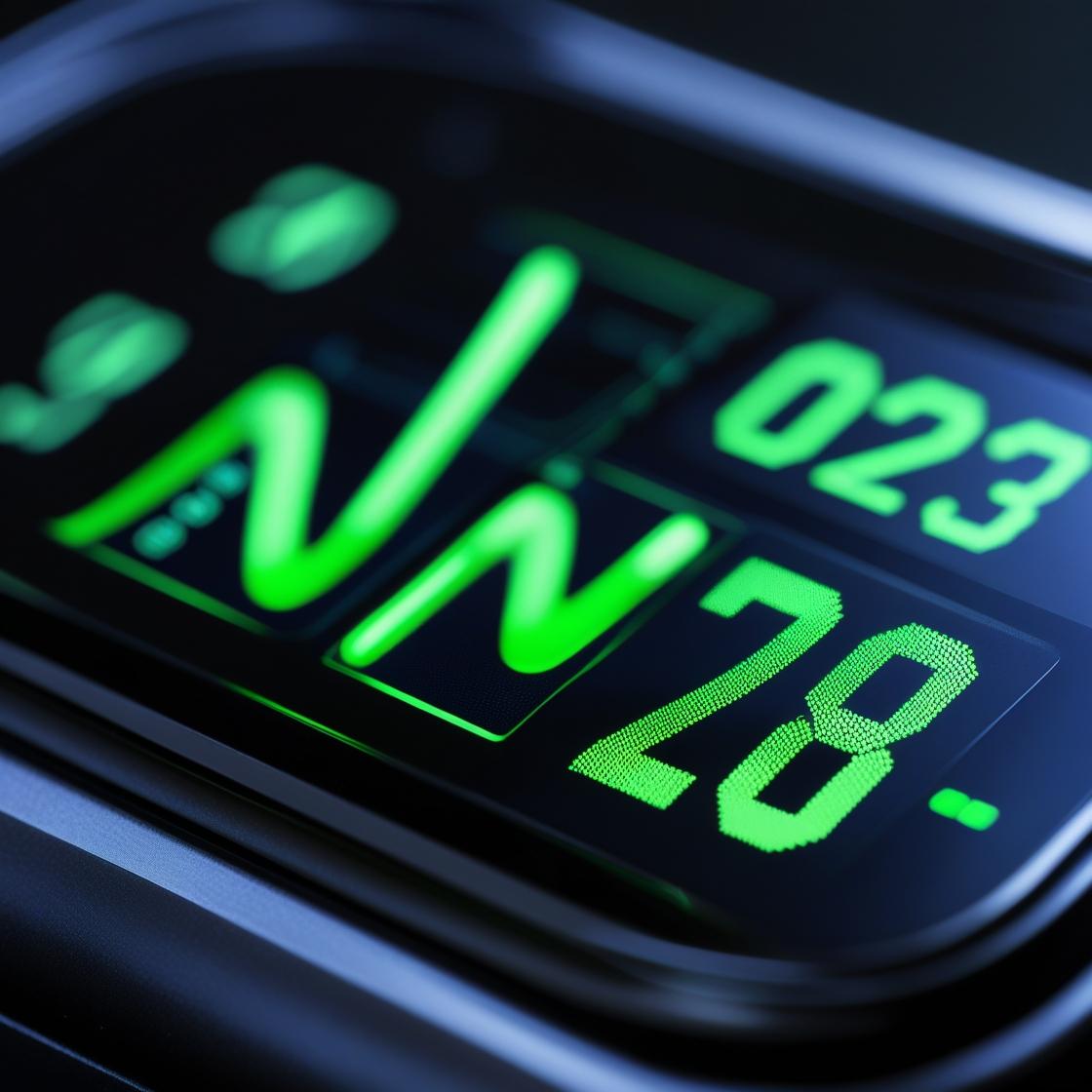How do I properly calculate my personalized heart rate zones?

Heart rate zone training is fundamental for endurance athletes, yet confusion persists about proper calculation methods. Ask five athletes how they determine Zone 2, and you’ll likely get five different answers. Let’s examine the three primary calculation methods and identify which best suits your training needs.
1. Maximum Heart Rate (MHR) Method
The simplest approach uses the formula:
220 – age = estimated MHR
*(Example: A 30-year-old would have an estimated MHR of 190 bpm ±15 bpm)*
Zones:
- Zone 1: 50-60% MHR
- Zone 2: 60-70% MHR
- Zone 3: 70-80% MHR
- Zone 4: 80-90% MHR
- Zone 5: 90-100% MHR
Limitations:
- Doesn’t account for fitness level
- Same zones may yield different physiological responses for athletes with identical MHR but different lactate thresholds
2. Heart Rate Reserve (HRR) Method
This more personalized approach incorporates resting heart rate (RHR):
Target HR = RHR + (MHR – RHR) × intensity %
*(Example: For 60% intensity with RHR=50 and MHR=190 → 50 + (190-50)×0.6 = 134 bpm)*
Zone Percentages:
Same as MHR method (50-60% = Zone 1, etc.), but calculated using HRR
Advantage:
Accounts for baseline fitness via RHR
Drawback:
Still relies on estimated MHR
3. Lactate Threshold Heart Rate (LTHR) Method
The gold standard uses your lactate threshold (the point where lactate accumulates faster than it can be cleared):
Zones:
- Zone 1: <80% LTHR
- Zone 2: 80-90% LTHR
- Zone 3: 90-93% LTHR
- Zone 4: 93-99% LTHR
- Zone 5: ≥100% LTHR
Why It’s Best:
- Reflects actual physiology
- Adapts with fitness level
- Precise for performance gains
Challenge:
Requires lab test or carefully executed field test
Which Method Should You Use?
- Beginners: MHR method suffices for general fitness
- Intermediate: HRR method offers better personalization
- Competitive athletes: Invest in LTHR testing for precision

